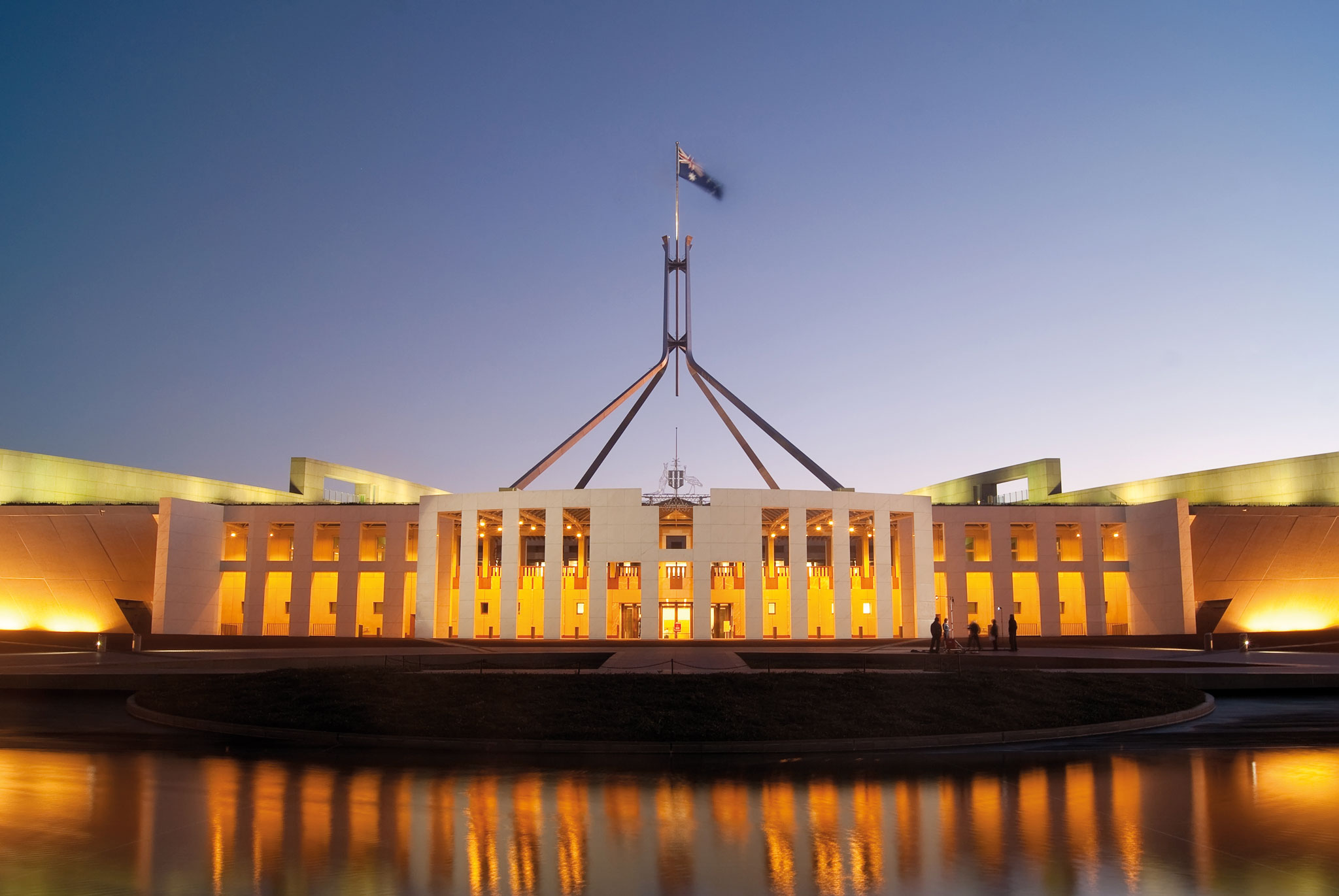Even with declining momentum, Asia overall stands to deliver nearly two thirds of global growth to 2030. Its continuing growth will provide numerous opportunities for Australia while our economy remains competitive and agile. Within the next 15 years, four of the world’s five biggest economies in purchasing power parity terms are likely to be in Asia: China, India, Japan and Indonesia. China and India together make up more than 60 per cent of Asia’s economic activity. By implementing policies to support reform and inclusive growth, developing economies with large and youthful populations, such as India and Indonesia, could reap a demographic dividend (see Figure 2.5).
Some forecasts suggest that by 2030, Asia could be home to a middle class of almost 3.5 billion (Figure 2.6). Australia’s economy will continue to strongly complement those of a growing Asia. Demand from Asia for minerals and energy—including LNG, coal, iron ore, gold, alumina, copper, nickel and zinc—will continue. Australia will also have significant opportunities to supply regional economies with services and premium agricultural products.
Figure 2.6 Growing middle class in Asia
Brookings Institution
Middle class is defined as households with a per capita income between US$11–US$110 per person per day in 2011 PPP terms
Recognising that it can no longer rely on traditional growth drivers, such as investment in infrastructure and the movement of rural workers to urban areas, China is seeking to shift its economy to a more sustainable model driven by domestic consumption. This economic transition is on a scale without precedent. If the reforms succeed, they will lead to a more mature, diverse and stable economy.
China faces risks however in the form of significant debt in the private and public sectors. While it has the resources and controls to respond to a crisis in its financial sector, a sharp correction could have a significant impact on Australia’s exports and on the global economy more broadly.
India is the world’s fastest growing major economy and is expected to remain so for the next few years. India’s growth has been supported by increased openness to foreign investment and other economic reforms, as well as by a young and growing population. Within the next 10 years, India will have the largest working age population in the world.
Behind China and India, Southeast Asian economies have the third-largest combined workforce and population in Asia. Despite collectively tripling in economic size over the past two decades, most economies in the region have the potential to lift their productivity and growth.
Ultimately, as is the case with China, the pace and sustainability of growth in India and in Southeast Asia will depend on further difficult-to-implement structural reforms. Some economies might also find it harder than in the past to follow the traditional path to economic development as increased automation lowers the importance of cheap labour to industry. Australia’s development assistance can help to support economic reforms in the Indo–Pacific.
Dynamic Asia
The scale of Asia’s transformation is unprecedented. In a little over three decades the region went from one in which more than a billion people lived in extreme poverty to one with more than a billion in the middle class.
At the region’s industrial heart, China has become an urbanised manufacturing hub. Its mega-cities, including Beijing, Chongqing, Guangzhou, Shanghai, Shenzhen and Tianjin, have populations many times larger than those of Sydney or Melbourne, and are the world’s leading producers of phones, computers, electronics and petrochemicals.
They do not do this alone. An electronic engine control unit designed in Tokyo may be assembled in Guangzhou, wired into a car being built in the Gulf of Thailand, and on-sold with technical support from Mumbai and a call centre in Manila.
Value chains drive the shipping of millions of containers annually through the straits of Malacca, Sunda and Lombok a few hundred kilometres north of Australia. Located at the gateway to these straits, Singapore connects the equivalent of more than 30 million shipping containers a year to 600 ports in 120 countries. Asia’s people are also on the move, with 1.3 billion passengers travelling through or within the region every year.
Over the next 10 years, a billion more Asians will join the middle class creating a consumer market larger in number and spending power than the rest of the world combined. Their choices will reshape global markets.
By 2030, the region will produce more than half of the world’s economic output and consume more than half of the world’s food and 40 per cent of its energy. By then, more than 600 million additional people will live in the region’s cities.
Asia also has more internet and social media users than the rest of the world combined. China for example accounts for 40 per cent of global e-commerce transactions. The value of mobile payments in China is 11 times that of similar transactions in the United States. Jakarta is the most active city in the world on Instagram Stories. Across Asia, Korean pop and Japanese animation are ubiquitous. Bollywood sells twice as many cinema tickets as Hollywood.














